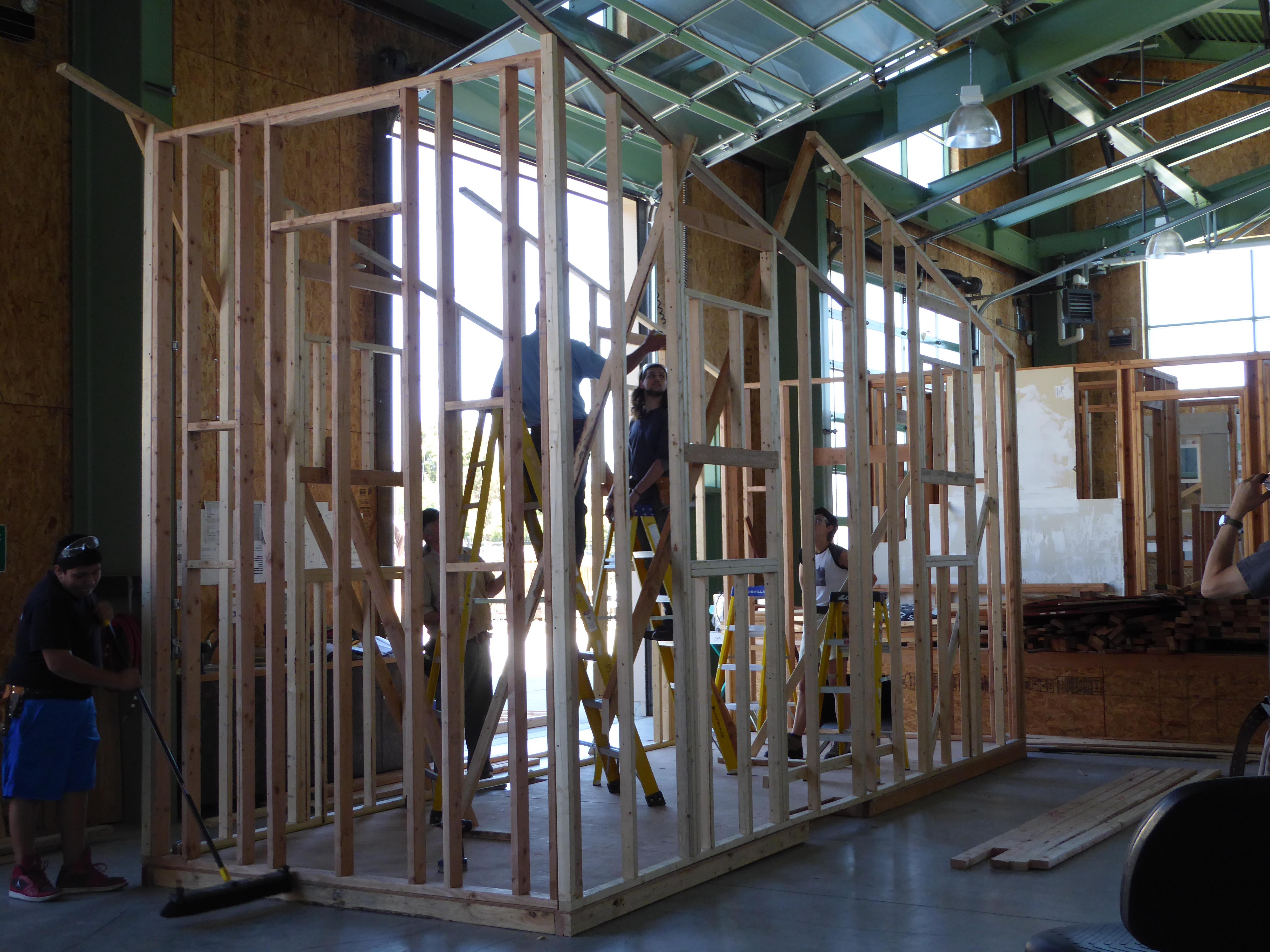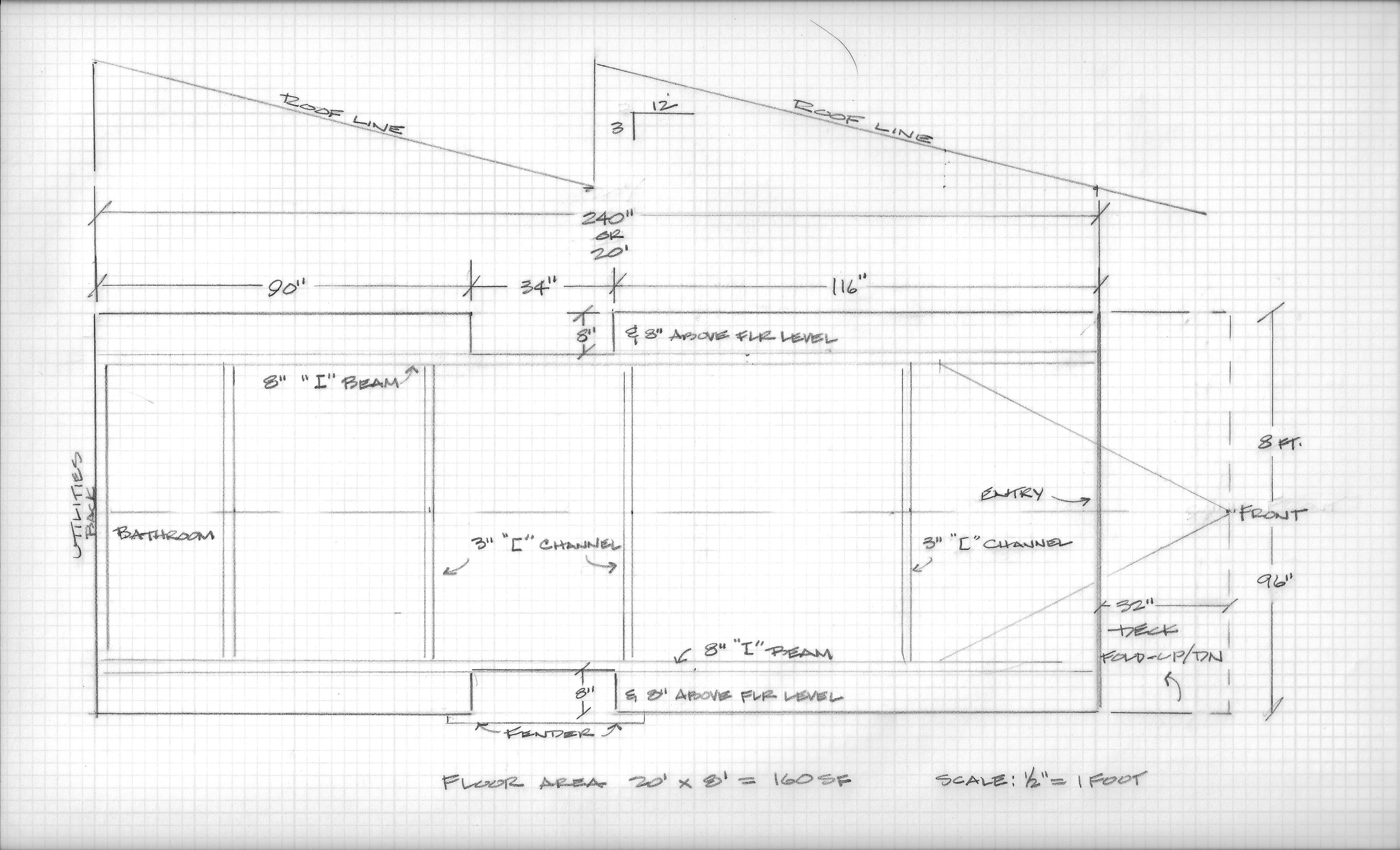For many Americans, a major fraction of their income is dedicated to ensuring there is a roof over their heads. As a result, 76% of Americans are living paycheck to paycheck, never certain they will be able to make rent or mortgage. As housing prices rise, especially in urban areas, more people are finding themselves without shelter. Homelessness is on the rise amongst those who do not earn enough to cover the cost of housing, and those pushed out of their homes often must relocate to places far from where they work. Urban areas are widely-acknowledged to be more sustainable than suburbs, yet the very people who most need energy- and resource-efficient homes are ending up in areas where conservation is almost impossible and long car trips are required. Housing people in cities is one of the most effective means of protecting and conserving rural and sensitive lands, and saving energy and water.
One potential way to address this growing problem is through downsizing of houses and sharing the costs of real estate (the median size and cost of American houses is on the rise). The Ecotopia House project is a first step in the design and development of structures, in the 400-800 square foot range, that could offer infill housing opportunities to those who are unable to afford full-size structures.
Ecotopia House is a “Tiny House,” a small living structure on wheels. It is a collaborative project between the Rachel Carson College Sustainable Living Undergraduate Research Program (SLURP) and the Construction and Energy Management Program at Cabrillo Community College in Aptos, California.
The UCSC-Cabrillo version offers a low-environmental impact model that is easily replicated. The structure is designed to minimize energy use and carbon emissions from daily operation and life-cycle energy expenditures. Among its other features, Ecotopia House includes 8 Suniva 270 Watt solar panels and 18 100 Amp-hour lithium iron phosphate batteries, which can store about 4.5 kWh of electricity; a solar thermal boost hot water system, a graywater tank; maximized daytime lighting with strategically-located windows, and nighttime lighting with LEDs. The house is designed to be modular, and is put together with screws so it can be disassembled.
When the house is completed, it will be available for use and viewing at UCSC, Cabrillo and elsewhere as an example of what can be done with careful design, smart technology and green materials and resources. You can find videos about Ecotopia House at: https://www.youtube.com/watch?v=vjiwFpw2wXM and https://www.youtube.com/watch?v=x3fxhwIs28Q and https://youtu.be/Qf9nf1oVHgw. We have a web site at http://ecotopiahouse.weebly.com/.
The planned followup to Ecotopia House is a "Tiny Row House," a two-story structure of 600 square feet, built from "modules" tied together to create a single house. Several of these can be placed on a typical urban parcel, allowing homeowners to share land costs, smart systems, renewable microgrids and garden space. Each unit will include two upstairs bedrooms, a downstairs living room (also usable as a bedroom), a kitchen and 1-1/2 bathrooms. The units will be designed to ADA specifications and will fit in with surrounding architecture and design.
The Tiny Row House project is oriented, in particular, to the opportunities and issues associated with designing and building high-performance, sustainable, low-cost infill housing that can be readily integrated into multiple neighborhoods across the region, sited in existing urban and suburban spaces that might otherwise remain vacant or unused. Moreover, no matter how good physical building designs and implementations may look on paper, they must include a critical component that ensures they will meet the needs of their target constituency and ensure stable, supportive, and vibrant mixed neighborhoods wherever these sites are located.


